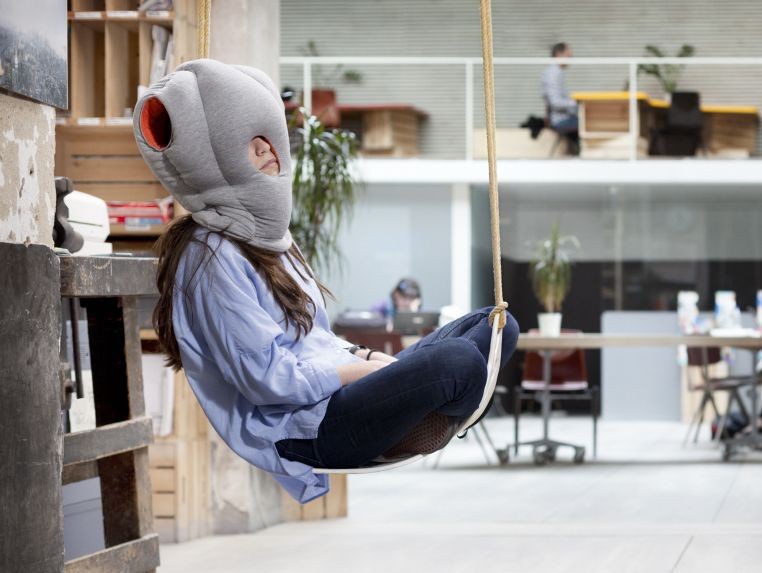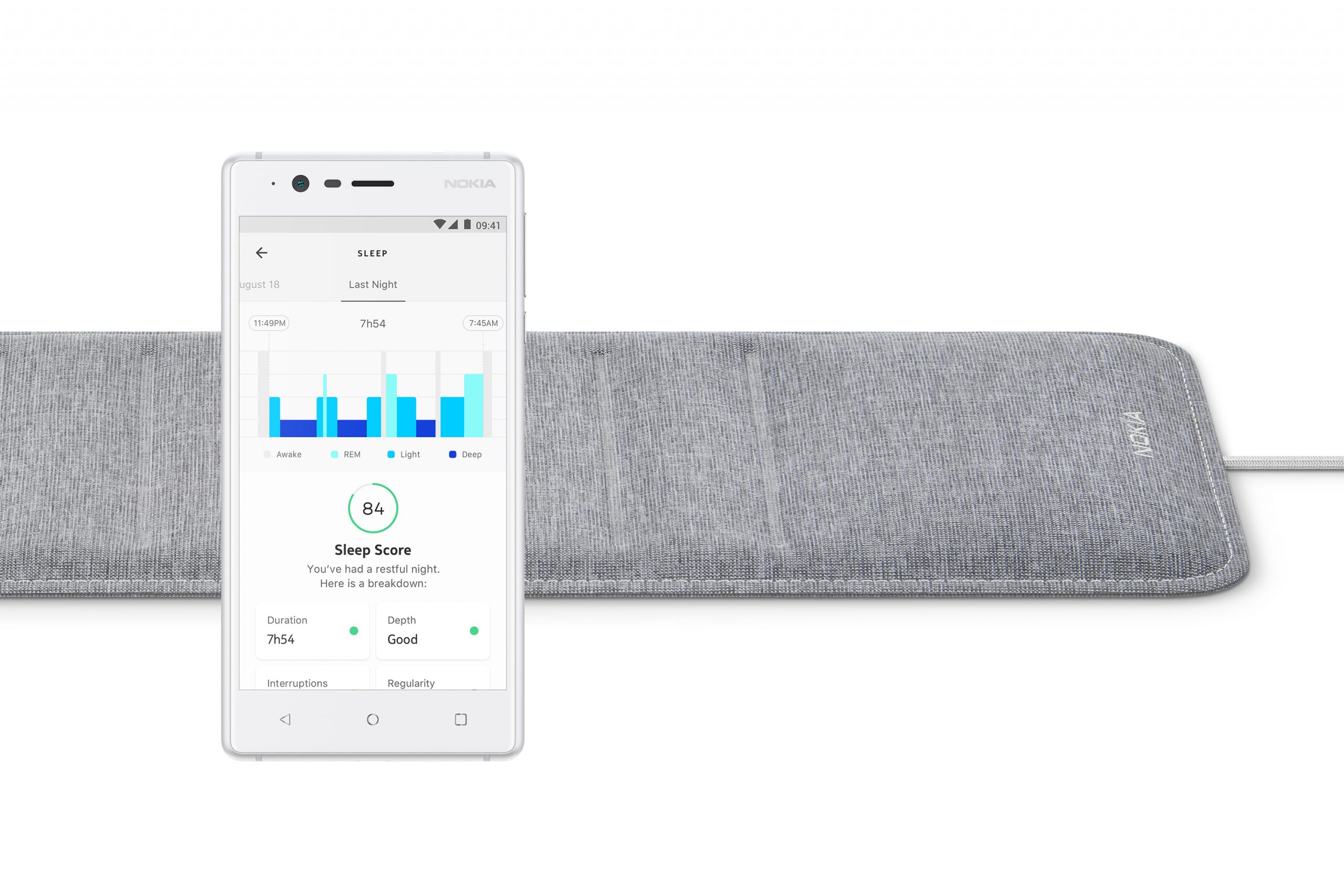
From the naps we took as toddlers, which gave our parents a short respite from the chaos, to the use of dedicated nap rooms we see popping up here and there in the most avant-garde offices, to lazy summer naps, taken in the shadow of an umbrella, the sound of grasshoppers chirping in the distance, catching some z’s in the afternoon seems to be often on our minds.

But how can we take a good nap, when we are no longer children (who seem to be able to fall asleep anywhere), and when we’re not on vacation?
Our answer is simple: Listen to your body and follow it’s circadian rhythm, which dictates your body’s cycle of waking and sleeping.
Unfortunately, that may be easier said than done. But what can you do to maximize your chances of sneaking in a restful nap?
Before we get into that, let’s define what in fact is a restful nap.
A restful nap is one that recharges your battery without leaving you groggy for the remainder of the afternoon. As a result, and in order to respect your circadian rhythm, this often means keeping your nap short, to around 20 minutes. The idea here is to spend the entire nap only in the phase of light sleep, without sinking into deep sleep. This lets you rest and recover just enough, without that disoriented feeling that results from waking from a deep sleep.
Thanks to our user data, we found that the average nap time around the world is about 2:40PM. It seems that post-lunchtime, when your body is digesting, may be the perfect time to sneak in some shuteye.
Ok, on to our tips!
Tip #1: Create the perfect nap environment
DO’S:
- Let your coworkers or family know that you’ll be unavailable for the next 20 minutes.
- Turn off or silence your cell phone.
- Wear earplugs if your environment is noisy.
DONT’S
- Plunge the room into total darkness. You can close your eyes, and even wear an eye mask if you’d like, but try to leave at least some light in your sleep environment. Otherwise, your body can get confused and think it’s night time!
- Sleep in a cold environment. It’s easier to fall asleep when it’s warm, so cozy up under a blanket or put on a sweater.
Pro tip: If you usually drink coffee in the afternoon, try drinking it immediately before napping. By the time the caffeine hits your system, you’ll just be waking up from your 20-minute power nap, and you’ll be extra ready to take on the rest of the day.

Tip #2: Find your perfect nap position
DO’S
- Make it work. If you must nap at the office, for example, cross your arms on your desk, and rest your forehead on your forearms.
- Better yet, if you have an office chair that can recline, lie back on it comfortably. If not, try turning the chair around and sitting in it backwards, so you can rest your head on the back of the chair.
DON’TS
- Lie down completely. You don’t want to signal to your body that it’s night-time, or it might be difficult to only nap for a short time.
- Change into your pajamas. A nap is more like a mini break for your body and mind, rather than a true time to sleep.
Tip #3: Create a post-napping routine
DO’S
- As soon as you wake up from your nap, start to bring movement back into your body slowly. Start by moving your hands and feet, then sit up slowly.
- Finish this ritual with a few gentle stretches to fully re-awaken your body. Drink a glass of water to rehydrate yourself, and you’ll be good as new.
DON’TS
- Get up from your nap quickly. It’s best to give yourself some time to readjust to being awake.
- Go back to sleep. Come on now, it’s time to work!
Happy napping! We hope these tips help you make the most of napping, wherever and whenever that may be.

This post is part of our Sleep Month series.



